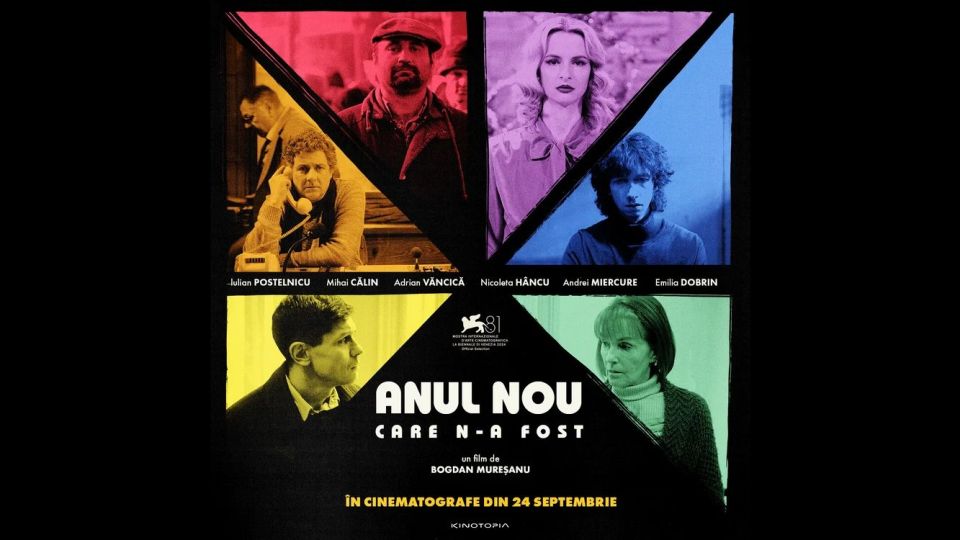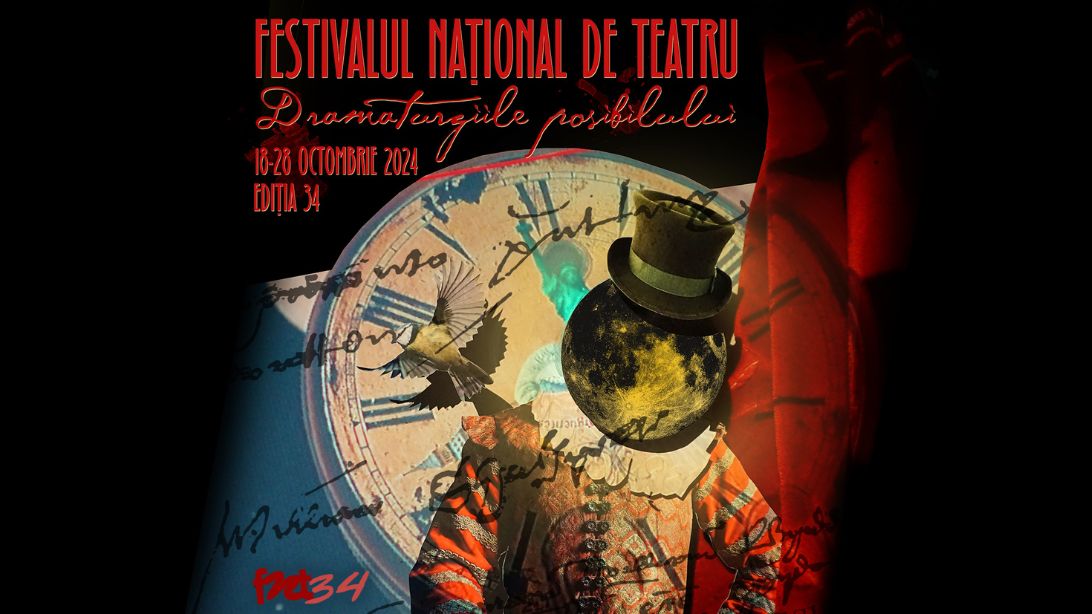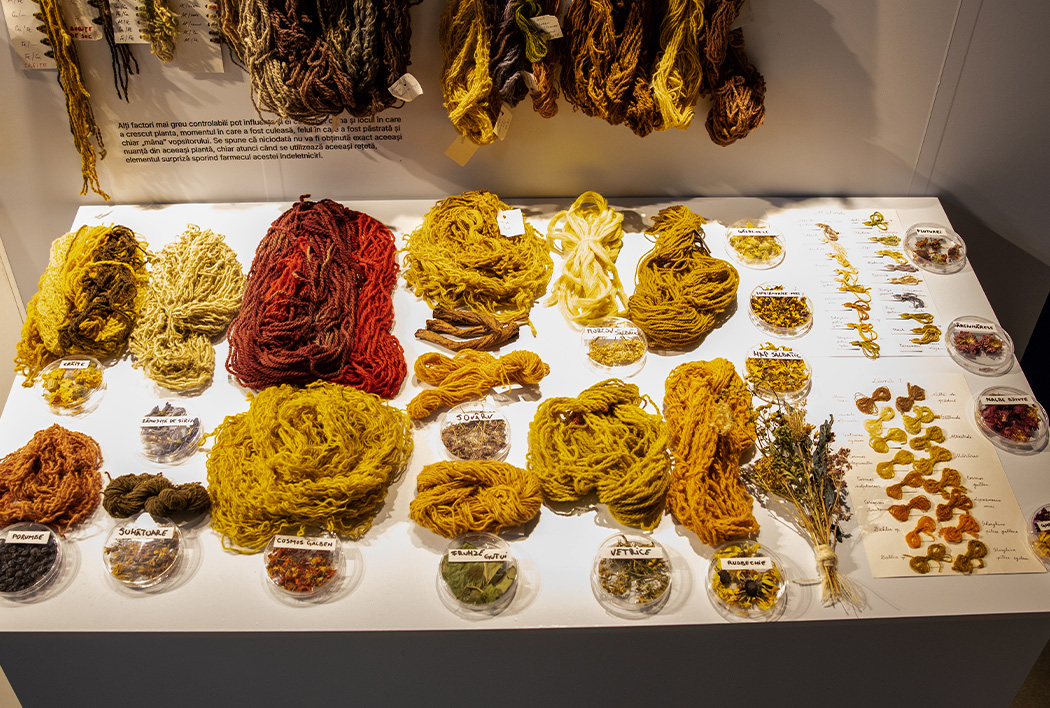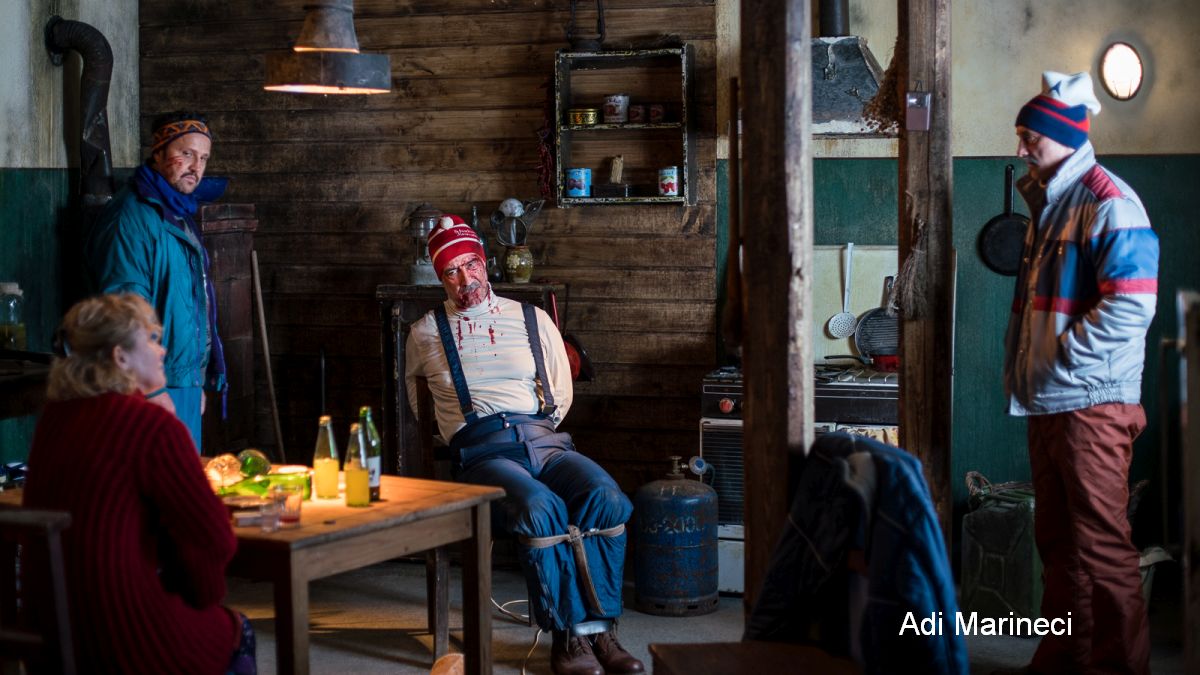Behind the scenes at Romania’s National Museum of History
Restoration, a job for the dedicated ones
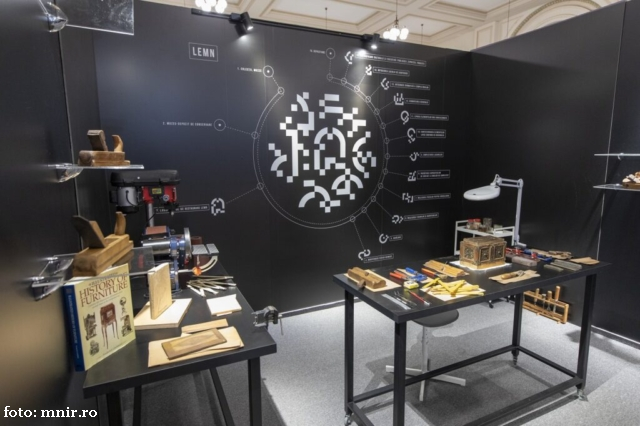
Ion Puican, 04.09.2021, 14:00
Fragment. The Experience of restoration.
It is the title of an exhibition hosted by Romania’s National Museum of History,
located in the Old City Centre. The exhibition is on until mid-June. Visitors
can have the chance to know the museum’s restoration laboratories, whether we speak
about painting, metal or wood, or whether it’s about ceramic, paper or textile
materials/fabric. It is an incursion in history but also a behind-the-scenes glimpse
of the exhibits, there where the items are stored, maintained and restored by
dedicated and passionate people. We were lucky enough to speak to restorer Sorina
Gheorghiță, a collaborator of Romania’s National Museum of History’s painting restoration
laboratory. Here she is, giving us details on the work behind the exhibited
paintings but mainly about a restorer’s work as such:
Sorina Gheorghita:
Since
2013, when the easel painting restoration lab was accredited as part of Romania’s
National Museum of History, around 25 paintings have been restored. Many of the
paintings are authored by renowned Romanian painters such as Luchian, Tonitza,
Ressu, Stoica, Teodorescu-Sion. The Paintings depict major historical events,
war scenes, mainly, focusing on the War of Independence or World War One. A major
work which has been restored is a painting by Aman, titled The Proclamation of the
Union, it is the Union of the Principalities, the depicted scene is a very familiar
one, it is a scene that usually goes with the event.
But what are the restoration stages for
a painting? How does the whole process unfold?
Sorina Gheorghita:
Speaking about the
steps to be taken for the restoration of a painting, the very moment the
decision has been taken for that particular painting to be restored, it had
been examined already by the preservation person responsible for the painting warehouse,
jointly with the restorer, in some cases, and a common decision has been taken,
to that end. The very moment the
painting is taken to the restoration lab, the painting undergoes a research process for which using various means and operations are being used, direct light, lateral light, ultra-violet light, we sometimes
have no choice other than using infrared light or X-rays.
We resort to analyses, the laboratory of Romanian National Museum of History’s
is extremely well-provided, giving us a hand whenever needed…Then, as soon as
all those investigations have been made and the structure of the painting layer
has been accurately detected, the level of degradation and the cause of the degradation
are also specified. Then the proceedings are set, for a detailed research proposal,
whereby all the required operations are presented for the painting to be
restored, that particular research and the ensuing intervention proposals are
presented before a sitting restoration panel which gives its go-ahead for the operation.
The restoration process comes to a close, that’s for sure, while the
freshly-restored work is again presented before a panel, whose job is to check
if all the steps had been taken, that were put forward for the restoration work,
also checking the respective work’s post-restoration condition, then the work
returns to the storage room or is being displayed as part of an exhibition, like
the one we’re having right now. The most rewarding surprises emerge, in fact, while
we’re doing the cleaning, which is a spectacular operation, whether we remove
the varnish alone and the surface layers. A great many details resurface, which had not been visible before, or the colors, which turn out to be a lot livelier.
Also, if, in time, the painting was covered in certain re-painting layers, we
can have the surprise of coming across some details that had become absolutely
invisible, otherwise, or even signatures.
As part of the « Fragment »
exhibition, an important section is spectacularly represented, the metal
restoration laboratory. Moreover, as an absolute first for the lay public,
bronze and iron items are shown, in an exquisite display, items that are part
of the archaeological site that was discovered in 2012 in Tartaria, lying in the
central Romanian county of Alba.
Archaeologist Corina Bors:
The archaeological site in
Tartaria, the Western Tartaria Bridge was unearthed in the spring of 2012. The
discovery occurred as part of a series of large-scale or pre-emptive archaeological
research, carried on the occasion of the construction of a highway along the
Mures River valley. The two deposits, with bronze and iron objects, were
discovered in an extremely special archaeological context, namely the western boundary
ditch of the Hallstattian habitat, the objects were stored in two pots made of
clay, with archaeologists taking samples of all that. The first deposit, labeled Tartaria 1, has, judging
by what we have been able to find so far, and you will see why, more than 400
items made of bronze and iron, dating, broadly speaking, from the 19th
and the 18th centuries BC. The second one counts 50 objects, also dated
for the same timeframe.
But which of the items that have been discovered
are the most precious, archeologically and historically?
Corina Bors:
The items of
exception that were found in all those prehistorical votive deposits, among
them, there is a chest lace piece, a lavish harness kit made of a tongue bit with
a mouthpiece, but also several phalera, the golds medals offered to the Romanian
soldiers as a prize and worn around the neck, as well as other everyday items,
made of bronze. In the Fragment exhibition which is still open at the Romania’s
National Museum of History, you can admire, separately, the seven-part necklace,
but also, in a one-of-a kind display, the harness kit placed on a real-scale
horse bust, as well as a series of adornment objects, day-to-day objects,
belonging to a male set, also displayed on a man’s bust. And, last but not the
least, a necklace made of bronze beads is also displayed, again, a piece which
is extremely rare for the so-called middle Hallstatt age from the area of the Danube
River basin. The discovery was made by archeologists and all the fragments kept
in those deposits could be sampled, with utmost care, so organic materials were
also sampled, which made it possible for the findings to be accurately dated.

